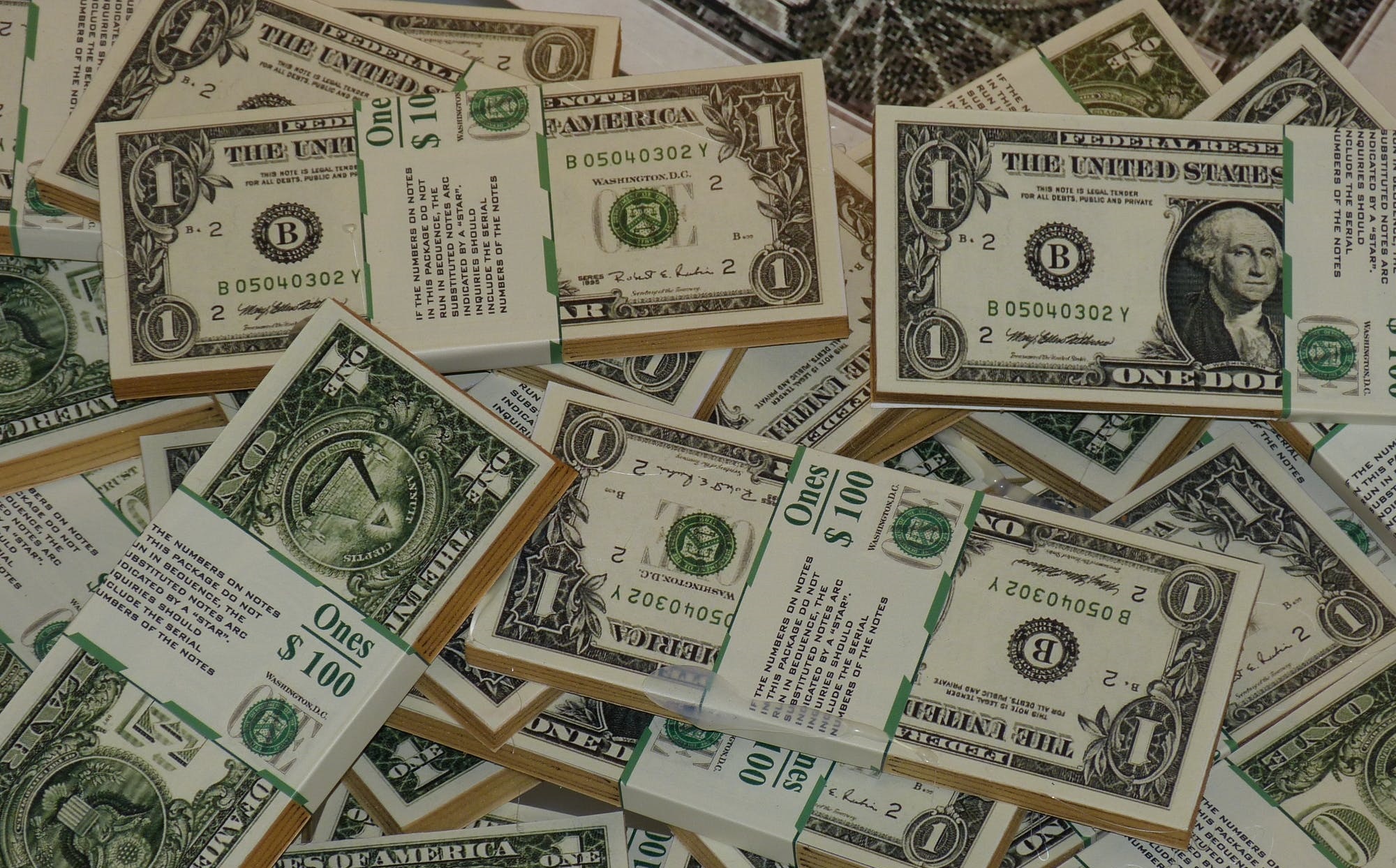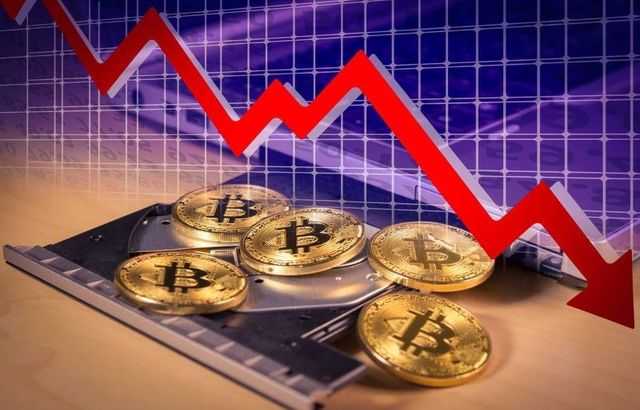 2 min read
2 min read 
As a result, the US Dollar Index reached two-week highs and was at around 92.9.
Contrary to analysts' forecasts, retail sales rose 0.7% in August. Underlying retail sales were also forecast to decline, but all sales excluding automobiles rose 1.8%.
The decrease in car sales was caused by a shortage of materials and transportation problems, which did not prevent the growth of other retail sales.
The sales report reflects a strong and steady growth in the pace of the US economic recovery, as well as the report indicates rising household spending due to the opening of new schools and offices. The data also shows an increase in consumer purchases on the Internet and retail stores.
The growth in sales could not be prevented by the surge in new cases of coronavirus infection in August. At the same time, the negative dynamics in the number of infected citizens affected the restaurant business, however, the sales figures in catering establishments did not change compared to July, but significantly exceed the indicators of August last year.
Retail sales data is a very important indicator because retail sales account for a significant portion of consumer spending, which in turn accounts for roughly 2/3 of US GDP. This indicator is also quite relevant, since published two weeks after the reporting period.
Despite positive sales data, JPMorgan Chase lowered its forecast for US GDP growth in the third quarter to 5% per annum from 7%. This forecast is justified by the decline in demand and problems in the manufacturing sector.
The US dollar is now gaining additional support ahead of the upcoming Fed meeting next week on Tuesday and Wednesday. The upcoming meeting will discuss plans to wind down the bond purchase program.
Whatever happens in the currency market, the ROLEKS trading robot will always receive profit, get a free trial.

 1 min read
1 min read 
.png)


